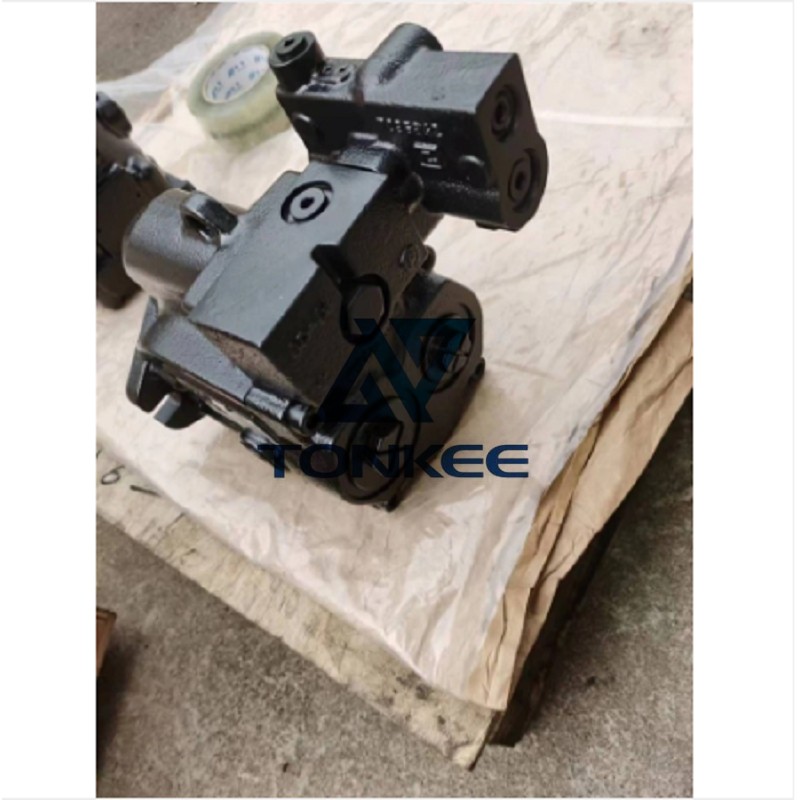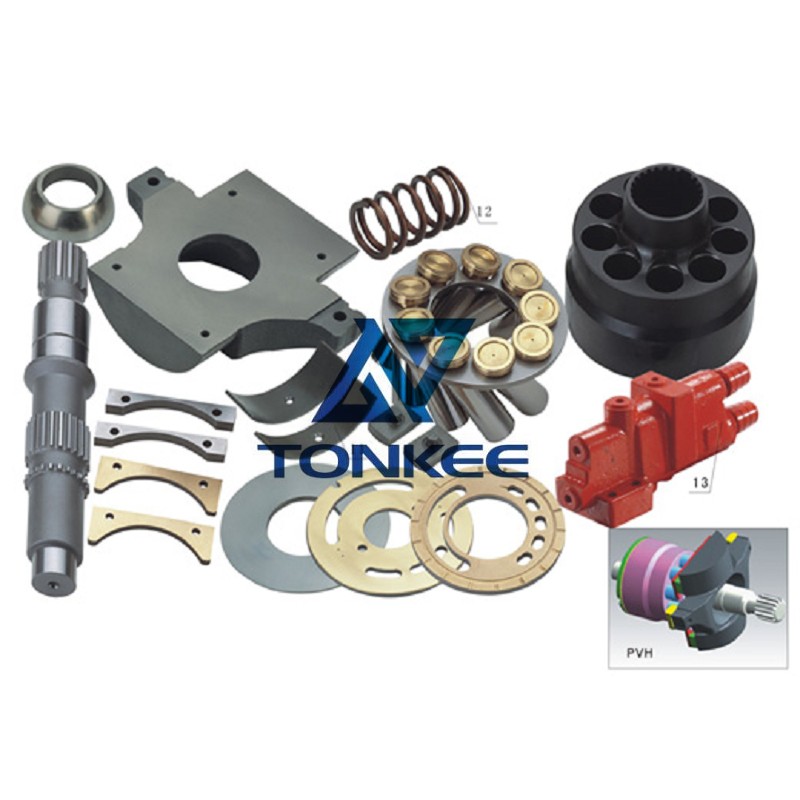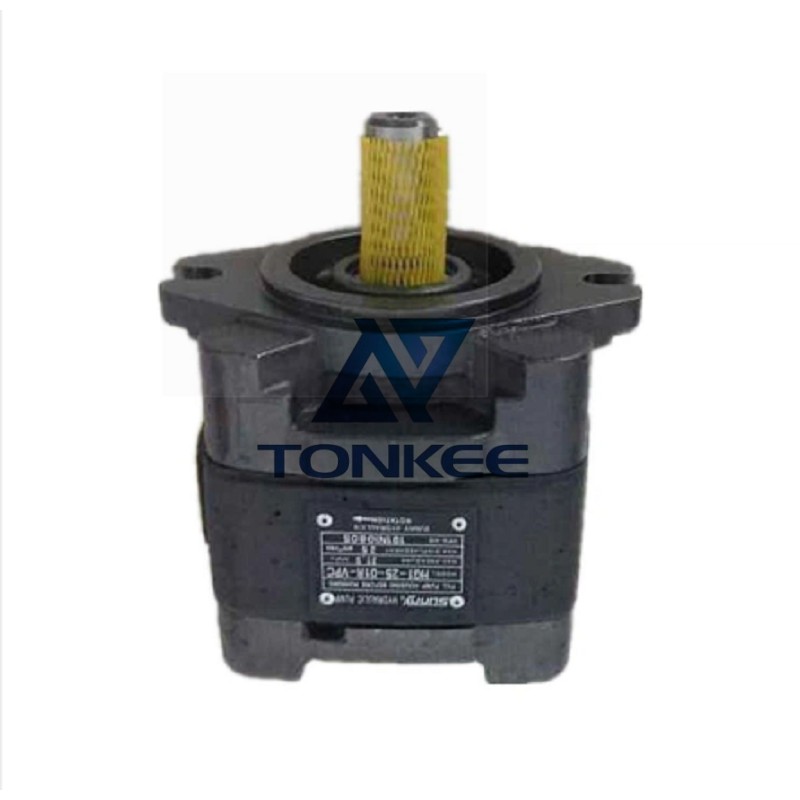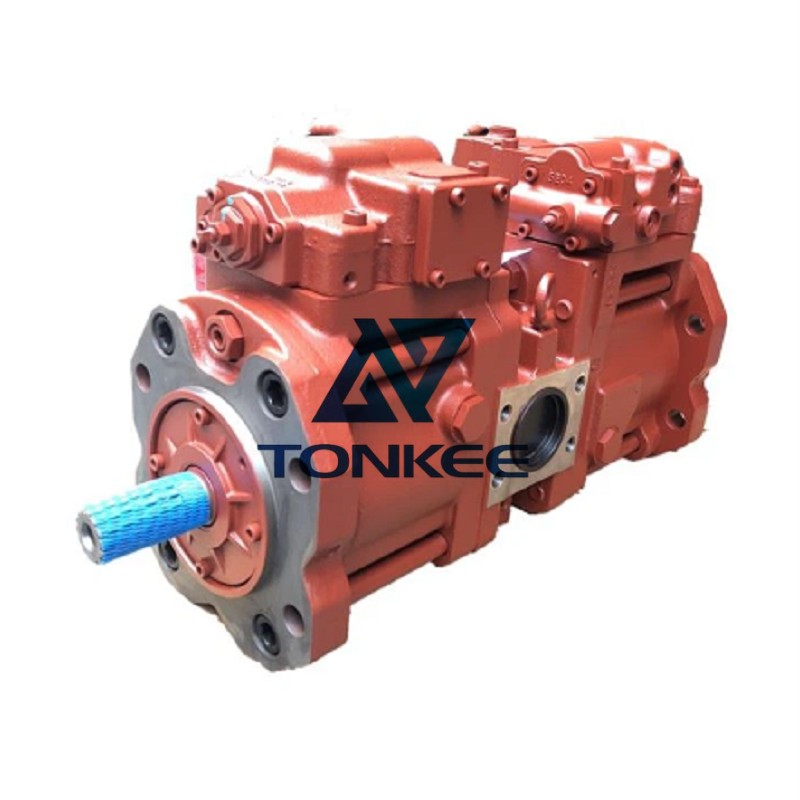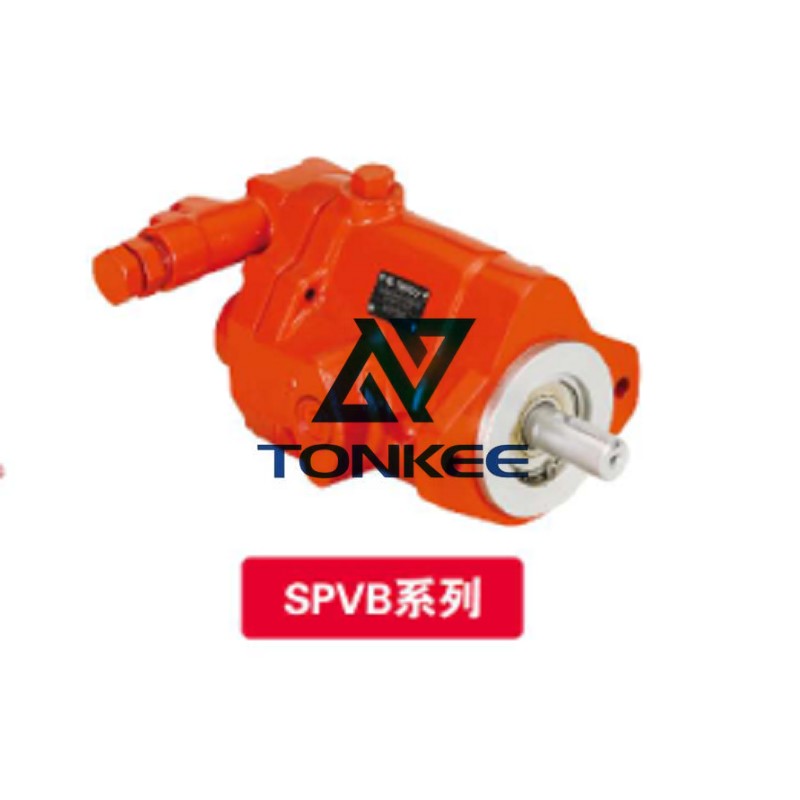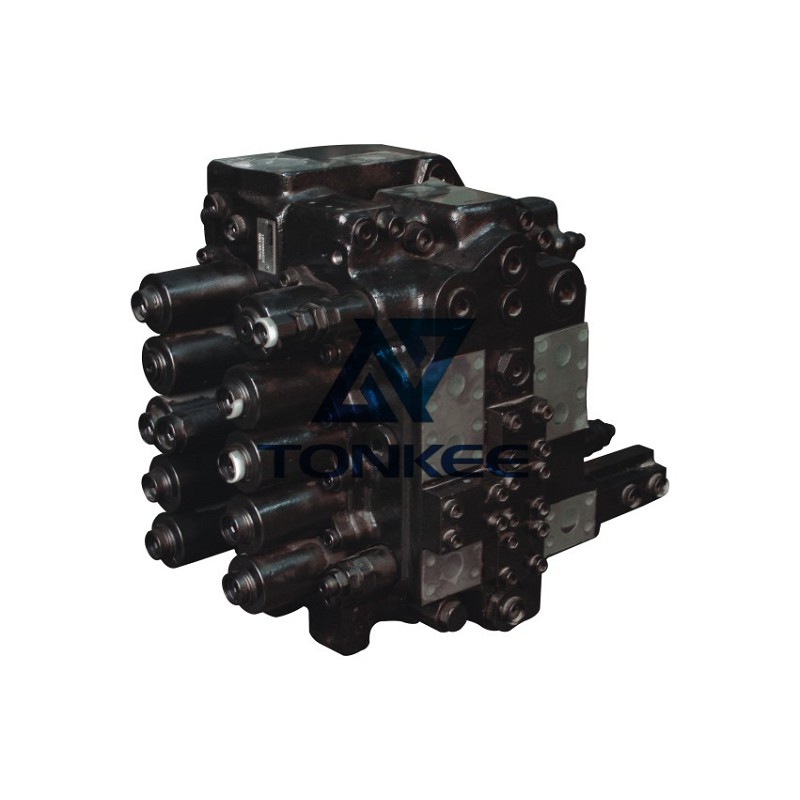
Voltage Rating: The primary characteristic of a 220 distribution valve is its voltage rating.
It is specifically designed to handle electrical power at 220 volts, ensuring compatibility with the voltage level of the system it is intended to be used in.
Current Rating: Another crucial specification is the current rating. It indicates the maximum current that the distribution valve can safely handle without overheating or causing damage. Typical modern 220 distribution valves have current ratings ranging from a few amps to several hundred amps, depending on the application and load requirements.
Number of Poles: Distribution valves can have different numbers of poles, which represent the number of separate circuits the valve can control simultaneously. A modern 220 distribution valve commonly has single-pole or double-pole configurations. Single-pole valves control a single circuit, while double-pole valves can control two separate circuits.
Contact Configuration: The contact configuration refers to the arrangement of the electrical contacts within the distribution valve. It determines how the electrical circuit is opened or closed. Common contact configurations include normally open (NO), normally closed (NC), and changeover (CO) contacts. The selection of the contact configuration depends on the specific requirements of the application.
Control Mechanism: Modern 220 distribution valves employ various control mechanisms to operate the electrical contacts. The most common control mechanisms include manual, mechanical, electromechanical, and electronic. Manual valves are operated by hand, while mechanical valves use mechanical linkages or levers. Electromechanical valves combine electrical and mechanical components, and electronic valves utilize electronic control circuits to operate the contacts.
Mounting Type: Distribution valves can be mounted in different ways depending on the application and space constraints. Common mounting types include panel mount, DIN rail mount, and surface mount. The chosen mounting type should ensure secure installation and easy access for maintenance and troubleshooting.
Protection Features: To ensure safe operation and protect against faults or overloads, modern 220 distribution valves incorporate various protection features.
These may include overcurrent protection, short circuit protection, thermal overload protection, and voltage surge protection. These features help safeguard the valve, connected circuits, and the overall electrical system.
Compliance Standards: A reliable and high-quality 220 distribution valve should meet industry standards and certifications. These may include standards such as IEC (International Electrotechnical Commission) and UL (Underwriters Laboratories), which ensure that the valve complies with safety, performance, and reliability requirements.
Durability and Reliability: Modern distribution valves are designed to be durable and reliable, capable of withstanding continuous operation under various conditions. They are constructed with high-quality materials, such as robust housings, reliable electrical contacts, and durable insulation, to ensure longevity and reliable performance.
Application Flexibility: Lastly, modern 220 distribution valves offer application flexibility by providing compatibility with different types of electrical loads and circuits. They can be used in residential, commercial, and industrial settings, accommodating various types of equipment and loads, including lighting systems, appliances, motors, and more.



 English
English Русский язык
Русский язык

